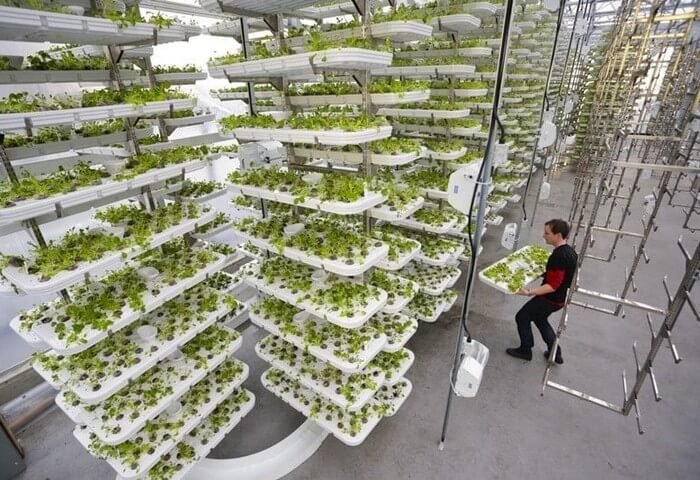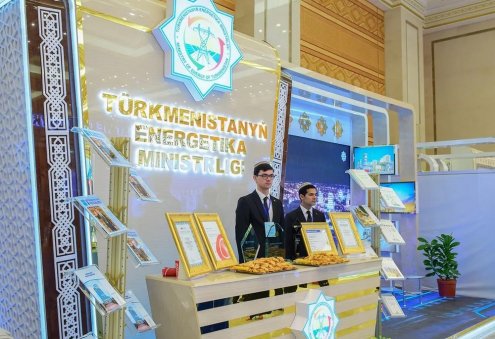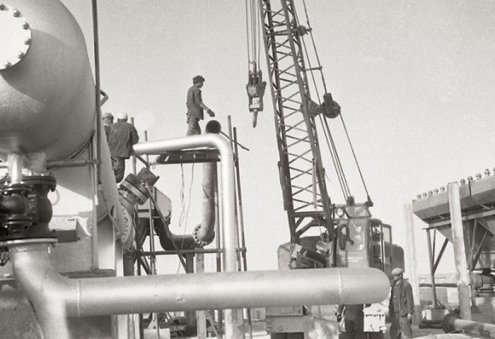Since ancient times, mankind has been using technology to increase the yield of agricultural products. Agriculture's long collaboration with technology ranges from simple clay hoes to iron plows and steam harvesters, from plant breeding methods to greenhouse cultivation in skyscrapers.
Increasing agricultural productivity has always been a goal of humankind since the earliest times. Research and experiments with methods to increase yields have followed each other throughout history. The first experiments examining the effect of fertilizer on plants were carried out in the early 19th century. Since then, advances in chemistry and biology have transformed agricultural technology. The use of genetics in the development of new plant and animal species, starting in the 1920s, led to major changes in plant breeding within half a century.
Today, mechanization has reached such a level that this topic is now addressed under sub-headings such as electrification, motorization and automation in agriculture. Factors such as how much electricity is used in the agricultural enterprise, how many engines are used in the enterprise instead of human and animal power, and to what extent these machines are operated without the need for human labor and supervision determine the level of mechanization of the enterprise. The figures showing the level of mechanization are evaluated with criteria such as tractor power per hectare, number of tractors per 1,000 hectares and number of machines per tractor.
The concept of "mechanization in agriculture" does not only consist of numerical data, but also includes the application of new technologies and methods. With a sustainable agricultural production, solutions to the rapidly increasing agricultural food deficit have now gone beyond the use of agricultural machinery. Vertical farming practices, one of the solutions developed in this regard, bring together both the latest technology and the requirements of the age in agricultural production.
The main benefit of using vertical farming technologies is the higher crop yield that comes with less unit land requirement. The ability to grow more varieties of crops at the same time increases because while crops share the same land, they do not share fields. Also, because the crops are indoors, fewer crops are lost in extreme or unexpected weather events. Finally, because limited land is used, vertical farming causes less damage to local plants and animals, and leads to greater protection of local flora and fauna.
What are the disadvantages of vertical farming technologies?
Vertical farming technologies face economic challenges with large start-up costs compared to conventional farms. A 10-storey vertical farm in Australia costs 850 times more per square meter of arable land than a conventional farm in rural Australia. Vertical farms also face huge energy demands due to the use of additional lights such as LEDs. And if non-renewable energy is used to meet these energy demands, vertical farms can produce more pollution than conventional farms or greenhouses.
Nurmyrat Mommayev,
PhD Candidate at Marmara University's Department of Political Science and International Relations in Istanbul, Turkey









30635-90x604.jpg)




30625-90x604.jpeg)
_(1)30624-90x604.jpg)


